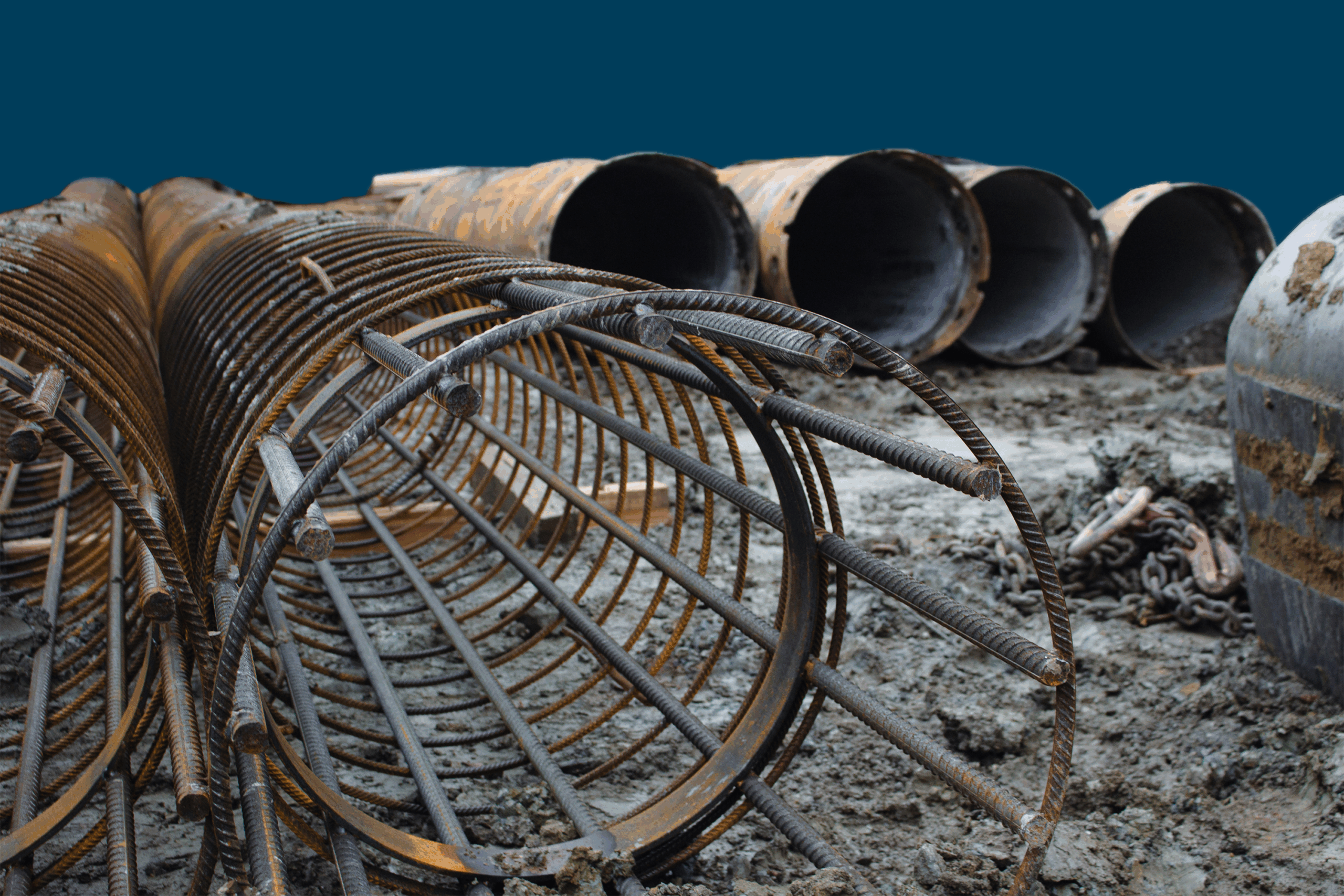Together We Take on Waste
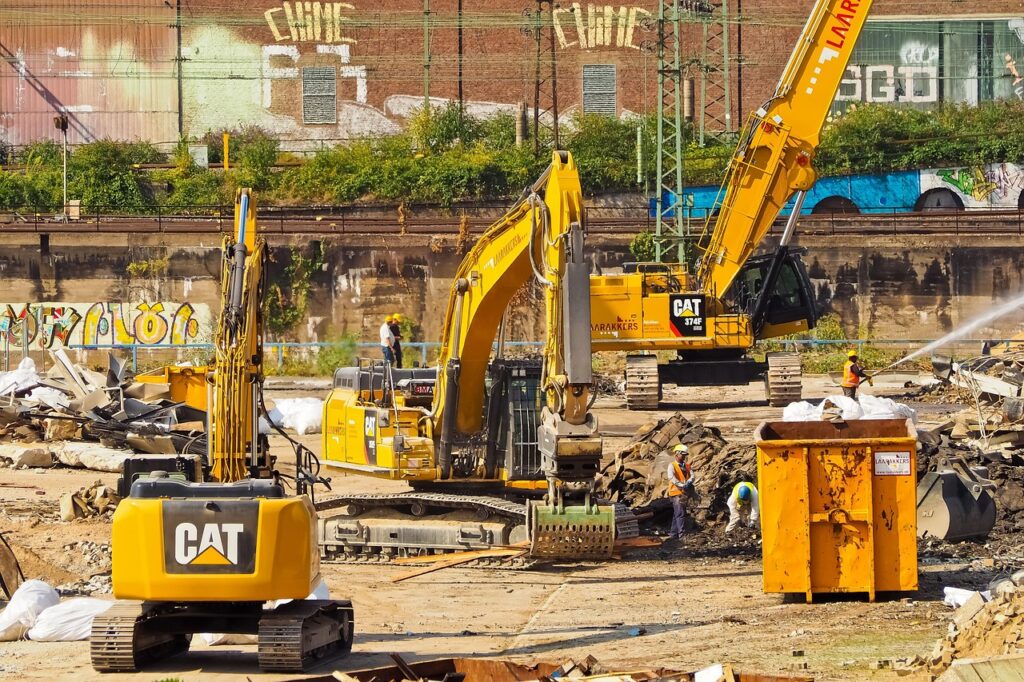
It’s Thursday afternoon during a short week. Concrete is stuck in city traffic, workers are standing by and: where’s that reinforcement cage for the drilled pile? Also: why is the slip with the curing times now soaking wet in the mud and barely legible? Welcome to the construction site, where efficiency can be as hard to find as a clean coffee mug. Enter Lean.
The construction industry isn’t exactly known for being a role model of efficiency. Schedules get stretched, costs explode, and from the outside, everything looks overly complicated. But insiders know: this stuff is seriously complex. And really, every construction project is a prototype—no two sites are the same.
Surprises are part of the job, like coffee with cake. That’s exactly where Lean Construction comes in. Borrowed from the automotive industry, this approach is increasingly bringing structure and clarity to the chaos of the construction world.
For this post, we brought in backup—someone who knows what he’s talking about: Martin Stopfer, construction manager, Lean expert, and a sought-after authority in construction process optimisation. With over 25 years of experience on national and international sites and his teaching role at FH Campus Wien, he’s not just deeply rooted in practice, but also at the forefront of developing tomorrow’s processes.
Perfect for diving deeper into the topic of Lean on site!

All Leaned Up?
Build smarter, curse less!
Lean traces its roots back to post-WWII Japan, when resources like skilled workers, materials, and equipment were painfully scarce. Out of this necessity, Toyota developed tools and methods to minimise or eliminate waste in work processes. Sometimes, less really is more.
The idea? Keep processes lean, focus on what truly adds value for the client, and run workflows as smoothly as a Swiss watch (or a well-oiled engine—after all, we’re talking about Toyota).
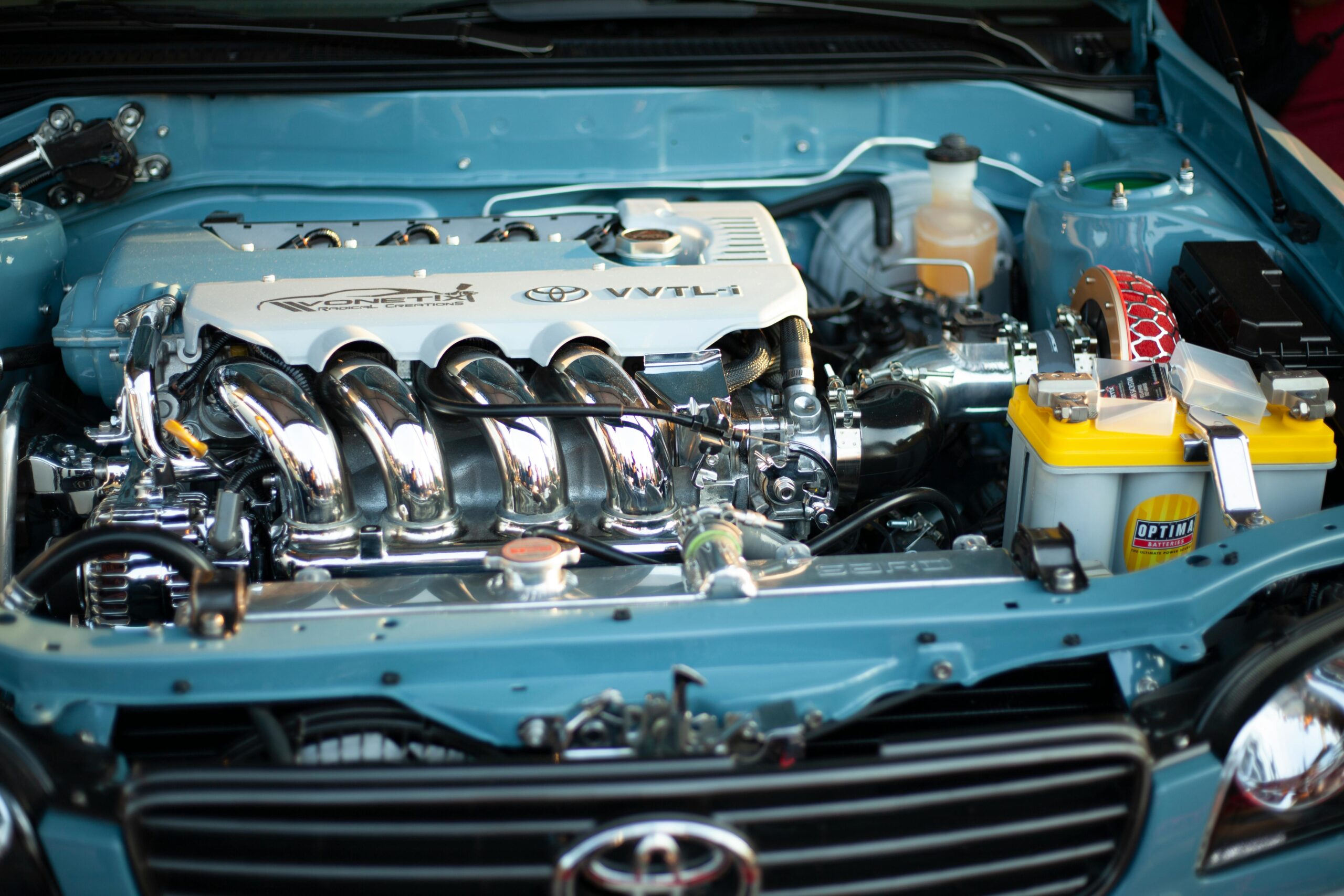
So what does this have to do with construction? Everything. Job sites are like giant machines: countless stakeholders, endless processes, and mountains of data that all need to align. When one gear slips—say, a delay or a misstep—the whole project stumbles, and everyone pays the price in time, money, and nerves.
Toyota realised early on: hoarding parts in huge warehouses wasn’t smart. So they switched to a just-in-time model—delivering parts exactly when they were needed, no earlier, no later. On a construction site, this means no pallets of reinforcement cages lying around for weeks. No concrete trucks showing up three hours too early. No unnecessary clutter, no wasted time—just precise delivery, smooth execution, and less chaos.
The Eight Types of Waste
Meet the Usual Suspects
If you don’t know the pitfalls, you’ll keep tripping over them. Lean aims to declutter and optimise workflows by making the eight types of waste visible. Because you can only fix what you can see. It’s about identifying problems, understanding causes, and steering smartly around them.
Toyota nailed this. Every screw, every move, every path was up for discussion. Want examples?
Here are the eight classic waste culprits that sabotage construction sites every day:
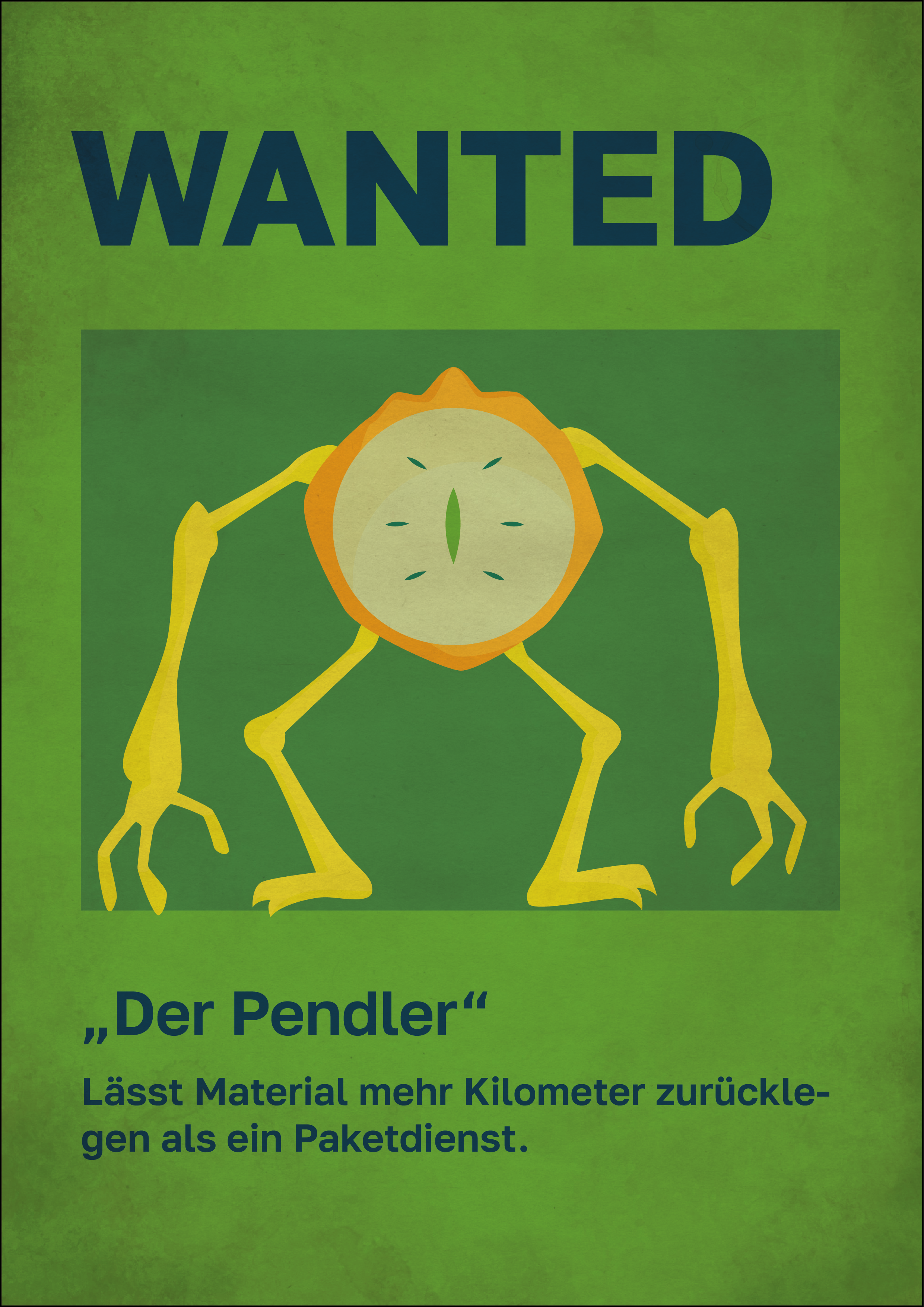
1. Unnecessary Transport
"The Commuter" – Your material travels more than the project manager.
Whenever tools, materials, or equipment are moved more than necessary, it racks up costs, increases accident risks, and offers zero value. And yes, sometimes materials rack up more mileage than your site crew.
Things get tricky when departments optimise locally without seeing the big picture. Say you bring in a crane from the next town. Smart, right? Not if it arrives two weeks early and sits there costing rent. Instead, it takes a scenic route across the country to arrive just in time. That may look efficient for one cost centre—but from a company-wide view? It’s a logistical nightmare. Lean sees it differently.
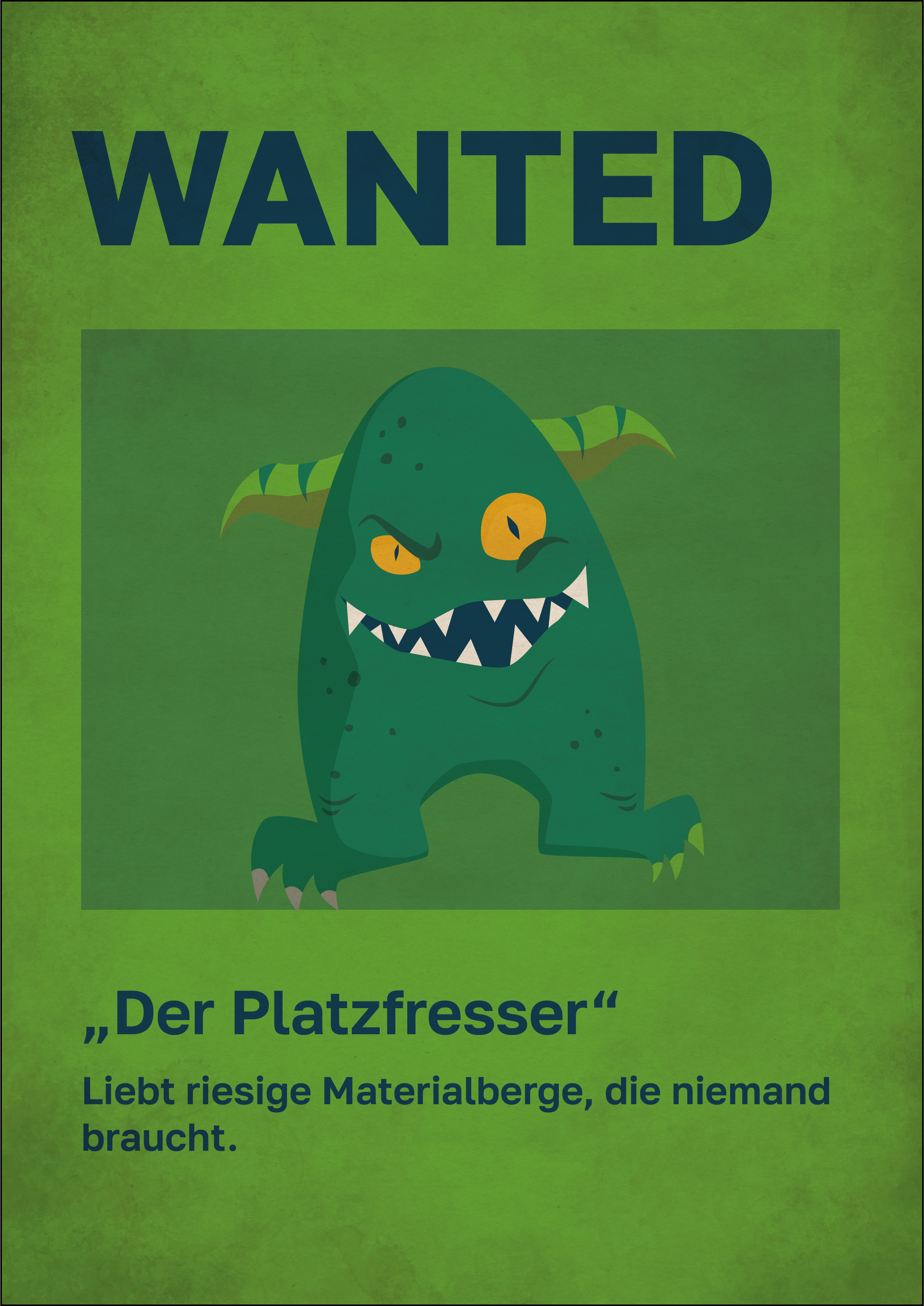
2. Inventory and Space
"The Space Hog" – Loves stockpiling mountains of unused material.
Construction sites are not warehouses. Space is tight. Every pallet needs to be placed strategically—or it turns into a tripping hazard or blocks key access. On smaller sites, a poorly placed delivery can turn everything into gridlock.
Big projects have the opposite issue: material mountains no one remembers ordering. “It’s been here so long, must belong to someone else.” The result? It decays, gets damaged, or forgotten—until someone orders it again while the original sits gathering dust.
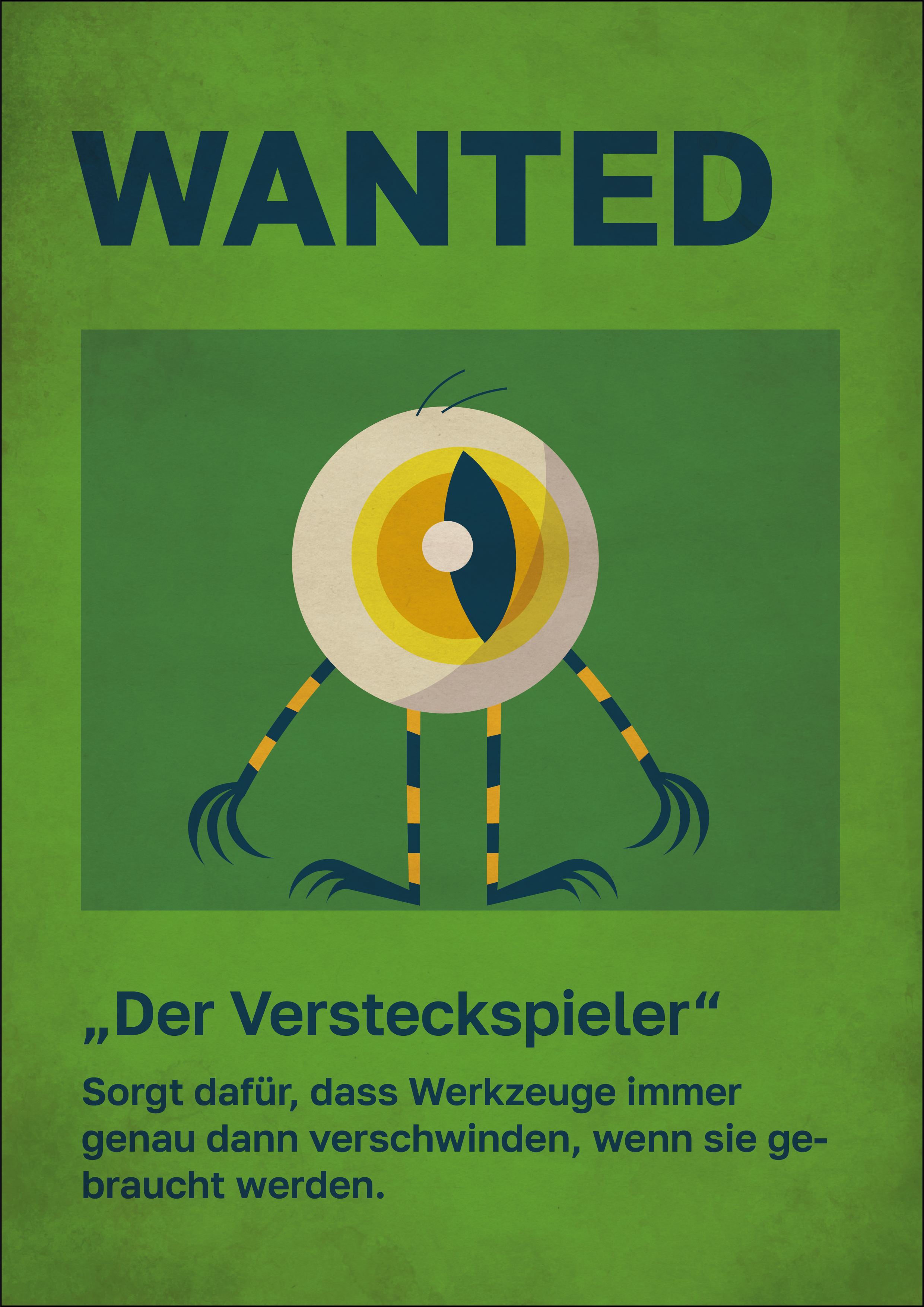
3. Movement and Searching
"The Hide-and-Seek Champion" – Ensures tools vanish just when you need them.
Need that one tool? Gone. Where are today’s plans? “Somewhere onsite.” And the foreman? Of course, he’s in the container farthest away.
Poor site logistics are often to blame. Setups are based on geometry—where can a container fit without blocking access? Where’s there still space? Entry points, water mains, etc. shape the rest. Efficient routes? Often only planned for major steps. Everything else? Improvised.
This leads to absurdities—like the site toilet at the farthest corner because “that’s where space was.” Right next to the foreman’s container. Want approval? Start hiking. The result? Endless walking, not much building.

4. Waiting Time
"The Barista" – Loves idle machines and standing-around crews.
When materials, decisions, or approvals are missing, everyone waits. Machines idle. Teams tap their fingers. Delays cost time and money and derail your schedule.

5. Inefficient Processes
"The Bureaucrat" – Slows things down with endless forms and redundant steps.
Too many steps, poorly defined processes, or double data entry? Welcome to the black hole of productivity. You’ve seen it: unread protocols, Excel lists longer than the project timeline, paperwork over progress.
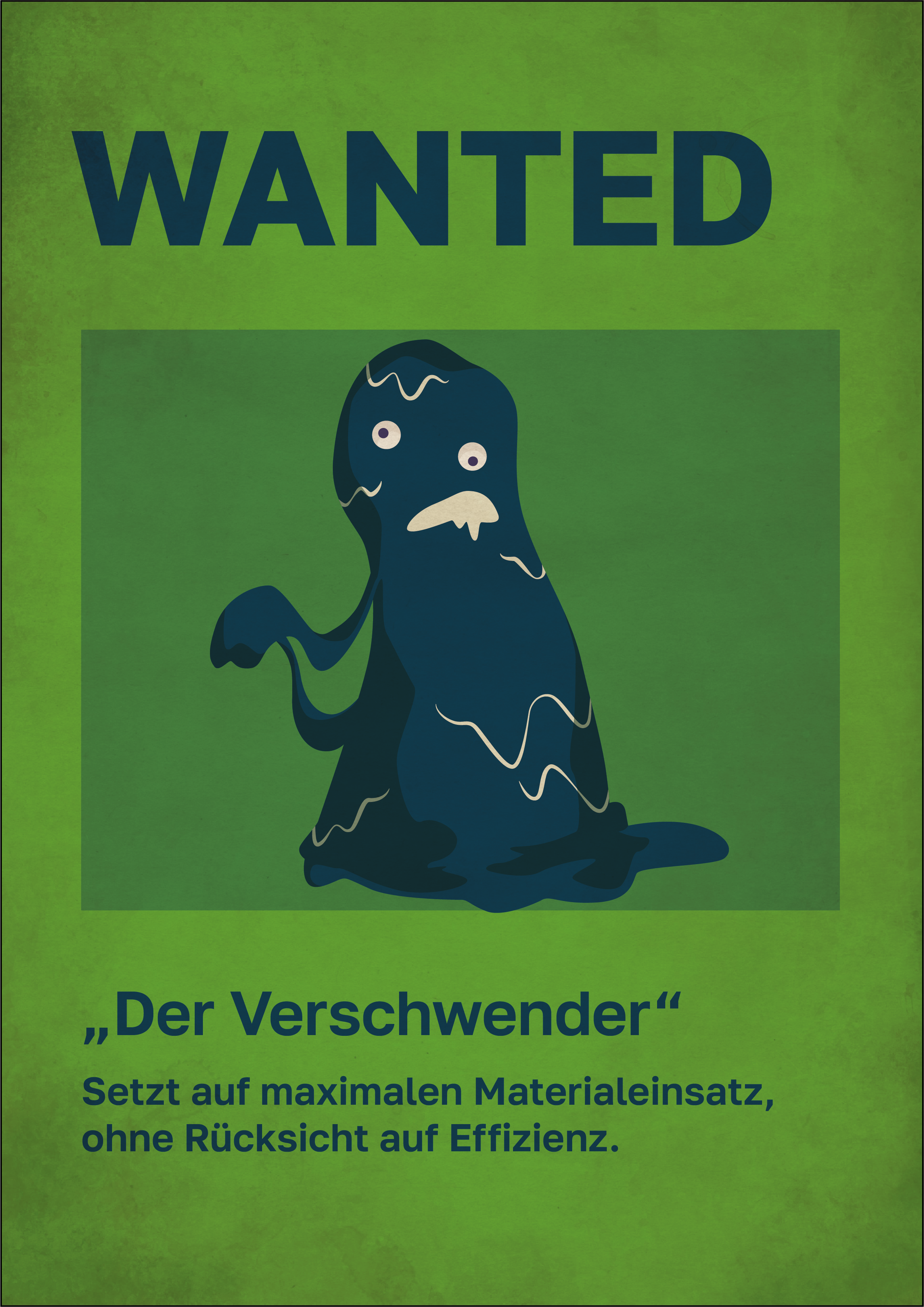
6. Overproduction
"The Overachiever" – Produces more than necessary, just in case.
Making more than needed leads to extra stock, higher storage costs, and sometimes wasted materials when they spoil or become obsolete. Did the injection really need to run that long—or did we hit the target hours ago?

7.Defects and Rework
"The Saboteur" – Thrives on bad data and sloppy work.
Mistakes mean double effort—fixing, replacing, starting over. A typo in the protocol, a misaligned borehole—and now you’re scrambling. It burns time, cash, and team morale.
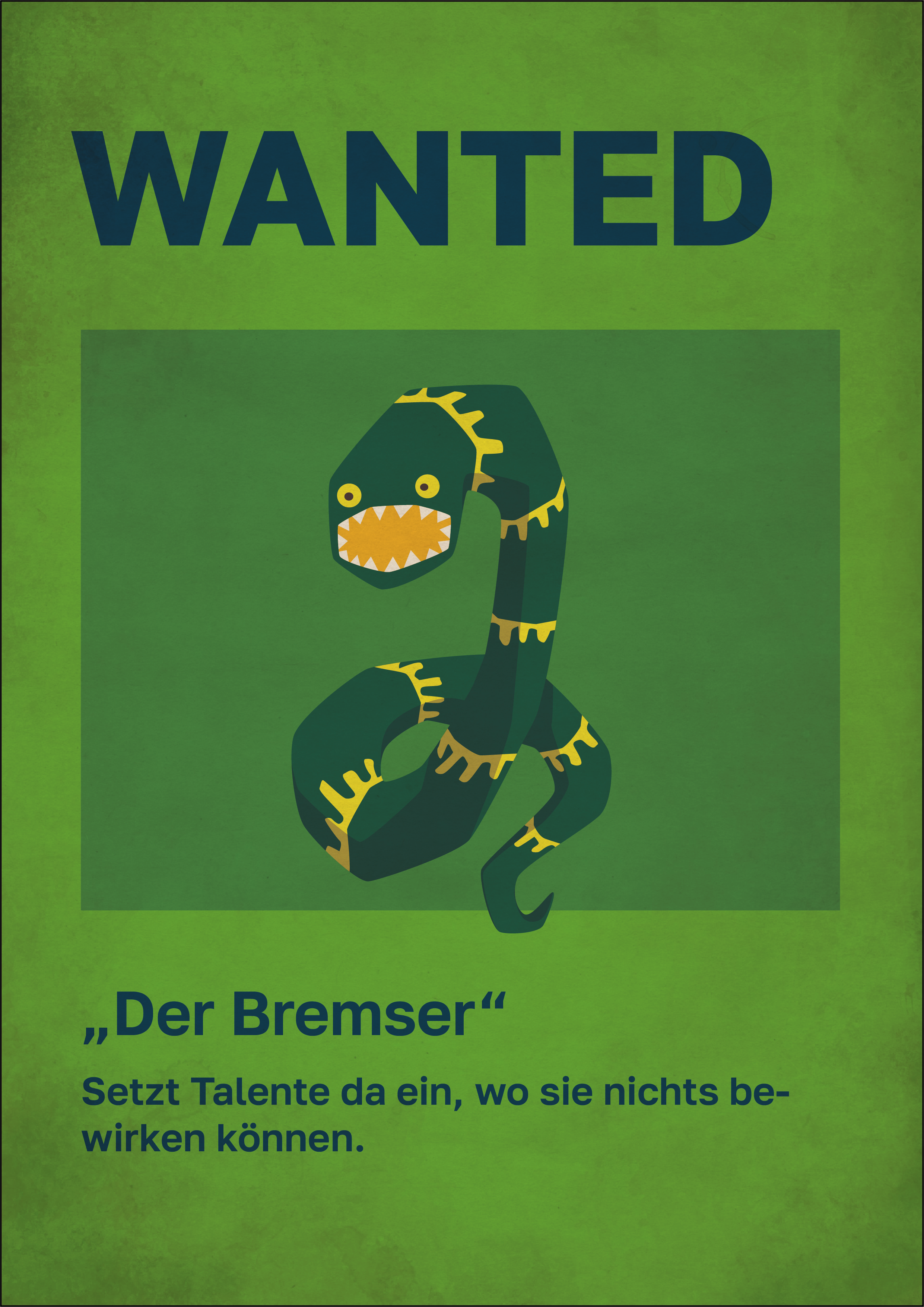
8. Wasted Talent
"The Bottleneck" – Underuses people where they could really shine.
Skilled workers stuck transcribing hand-written notes. Site managers buried in paperwork instead of solving problems. Untapped potential isn’t just inefficient—it’s demoralising.
These eight troublemakers can wreak havoc onsite. But with Lean as your lead investigator, you can track them down and root them out. The payoff? A smoother workflow, happier teams—and maybe even an on-time clock-out.

Six Down, Two to Go
Not Just a Lotto Win
At eguana SCALES, we’ve been tackling these usual suspects for over ten years. And we’ve already taken down six of the eight. Our goal? Less chaos, fewer headaches, and a job site that runs without late-night number crunching. Here’s how we’re doing it:

1. Searching & Movement
Digital records are faster to find—and required fields mean no guessing. No empty boxes that cause head-scratching later. No need to chase down the person who filled out that vague hand-written note.
2. Waiting Time
SCALES shares info in real time, connects teams, machines, and materials—and speeds up decisions.

3. Inefficient Processes
SCALES digitises, streamlines, and automates. Goodbye double-spreadsheets, email overload, and manual PDF-to-Excel re-entry. Hello, smooth sailing.

4. Overproduction
With real-time manufacturing data, SCALES enables precise comparisons and timely reactions. Add a little AI and we’ll soon be predicting where optimisation makes sense before the work even starts.
5. Defects & Rework
With SCALES, errors are spotted and corrected fast. Automatic alerts and clean analytics catch issues before they spread. And since it’s all digital from the start—no typos or missing entries from hand retyping.

6. Wasted Talent
Why waste skilled minds on mindless admin? SCALES frees people up to focus on what they do best. That’s what we call real digitalisation—less grunt work, more value.
Leaning Into Progress
Lean is more than a method. It’s a mindset—and one that fits our mission at eguana. Together with our users, we’re bringing order to the chaos of the job site, cutting stress, and making room for what matters: smart solutions, successful teams, meaningful work—and a little more time for life.
Want to dive deeper? Then Martin Stopfer is your guy. In the Lean Construction Management certificate programme at FH Campus Wien Academy Zertifikatsprogramm Lean Construction Management , he shares insights that are practical, well-structured, and human-focused.
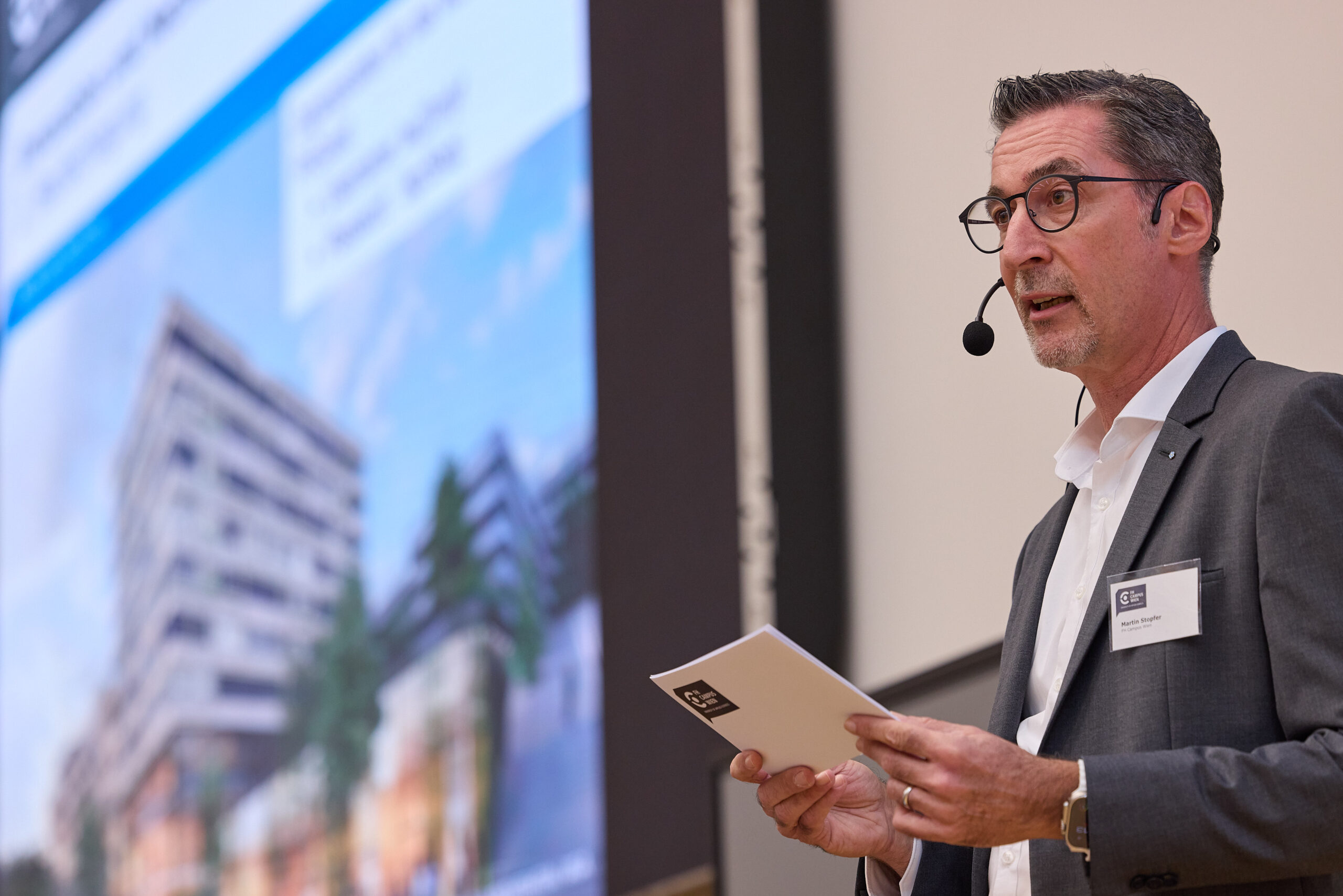
About Martin Stopfer
Martin Stopfer is a trained builder, site manager, and Lean advocate who sees Lean as more than a buzzword—it’s his personal mission. When applied correctly, Lean delivers economic, environmental, and social benefits. In other words: the kind of sustainable impact construction truly needs.
As a lecturer in the Lean Construction Management certificate programme at FH Campus Wien, he brings real-world experience to the classroom—clear, practical, and with a deep understanding of the people who make projects succeed.
He managed projects like the “House of Health Sciences” at FH Campus Wien: 41,000 m² in just 18 months—on time and under budget. How? Through Lean in action and a collaborative contract approach.
